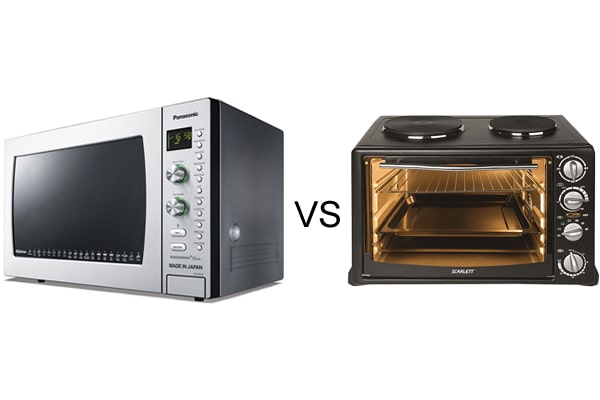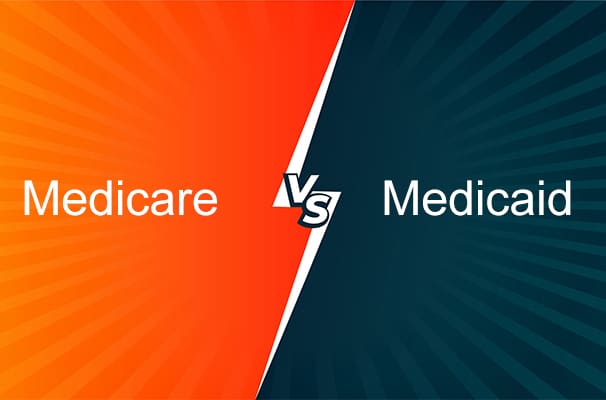It is no secret that malnutrition is very rampant among patients who are chronically hospitalized. This is usually the case for those patients who are in the intensive care unit (ICU).To avert the risk of malnutrition, there is a need for you to provide the patient with the much-needed nutritional support. The good news is that Partial Parenteral Nutrition (PPN) and Total Parenteral Nutrition (TPN) can help mitigate this situation.
Most patients have now benefited from both therapies. However, it is not a wonder to find people confusing these two terms. Although they work towards the same goal, they are different in several ways. In this article, we shall take a closer look at these two terms and outline their respective differences.
What is TPN?
Like we mentioned above, TPN is the acronym for Total Parenteral Nutrition. By definition, it refers to the process of feeding a sick newborn, premature baby, or sick patient so that they can get the much-needed nutrients from the gastrointestinal tract for a longer period. This method is usually used when the patient cannot feed orally.
What is PPN?
To start with, PPN is the initials for Peripheral Parenteral Nutrition. It refers to the process of providing the much-needed nutrition from another source to a sick patient. Unlike in TPN, the nutrients here only act as supplements. In most cases, these nutrients are usually less concentrated and typically have low calories. As far as their intake is concerned, they are normally given to the patients through the smaller peripheral veins using a feeding catheter.
Differences Between PPN And TPN
Although both methods are used to provide nutrients to sick patients in hospitals, there are some differences between these two. Some of the notable differences between these two terms include:
- The ideal time for administration: The duration when each of these methods applies is different. To start with, you will note that Total Parenteral Nutrition is ideal when the patient is not getting any other form of nutrition while in the hospital. On the other hand, Peripheral Parenteral Nutrition is ideal when the patient is getting the much-needed nutrients from other sources. As a result, the nutrients that he or she will act as supplements.
- Concentration levels: It is imperative to note Total Parenteral Nutrition is usually highly concentrated compared to its counterpart. This is the reason why it is only administered through the larger vein in the neck or chest. However, its counterpart is different as it is less concentrated. As a result, it can only be delivered through the peripheral vein.
- Caustic levels: Since TPN comes with many minerals, electrolytes, and glucose, it is deemed to be more caustic than PPN. On the other hand, PPN does not have many nutrients and therefore is less caustic.
- Duration: As far as the duration of administration is concerned, you will realize that TPN is a long-term therapy. This is because nutrients are usually delivered through the central vein. However, PPN usually takes a shorter period as it is only administered for 14 days. After all, it is not deal to administer hyperosmolar solutions for long durations in the peripheral vein. Therefore, it is a short-term therapy.
- Ideal patients: TPN is ideal for those patients suffering from digestive disorders or who have had an accident or are undergoing critical surgeries. On the other hand, PPN is usually provided to a patient whose digestive system has been blocked. It is also ideal for those patients who are not getting the much-needed nutrition while in the hospital.
Final Thoughts
From the period when each method is ideal for administration to the kind of patients that deserve each kind of nutrition method, there are many differences between these two terms. However, the good news is that they can help prevent malnutrition when a patient is in hospital. Note the differences mentioned above, and you will know the right nutrition method to consider for your patient in the hospital.





